
This post originally appeared on Divinations.
This is one of my favorite advertisements:
It was published in LIFE magazine in 1970 as part of a campaign by the Sugar Association to promise sugar as a diet aid. Some of the other ads are pretty incredible too.
For example, did you know that if you don’t want to get fat, you should stave off hunger with the sugar in a soft drink?
Or that eating some sugar will give you the willpower you need to avoid overeating?
The language and imagery in these ads is brilliant. Each features an attractive, healthy-weight woman, suggesting what you could look like if you start having some sugar before meals. And they all make true but misleading statements:
“Sugar can be the willpower you need to undereat.” Anything “can be” the willpower you need, that doesn’t mean it’ll actually do anything. If anything, we now know that the blood sugar spike and crash from sugar reduces willpower.
“Sugar… only 18 calories per teaspoon, and it’s all energy.” Any pure carbohydrate has 4 calories per gram, and since a teaspoon fits a bit over 4 grams of sugar, you’ll have 16-18 calories per teaspoon. So they haven’t lied! But the soda the woman is drinking looks like a 12oz cup which would have about 39g of sugar, or 156 calories from sugar (the coke site says 140, but that math doesn’t make sense). That’s 10 teaspoons, 10 times as much sugar as the ad makes you think you’re getting.
The sugar industry didn’t invent this strategy. It was used by the tobacco industry starting in the 1930s to convince people that cigarettes were fine. Even your doctor uses them:
And, of course, cigarettes would help you stay slender:
And if you blow Tipalet smoke in people’s faces, they’ll want to sleep with you. Not sure how they did this study:
The playbook, outlined in detail in Merchants of Doubt, is very simple:
Obscure the Truth: Make vague health claims that aren’t falsifiable. “Give your throat a vacation… smoke a fresh cigarette” sounds like they’re saying “this is definitely healthy,” but they’ve really said nothing.
Create Confusion: Fund massive amounts of research papers showing the harmful ingredients are healthy, or at least not provably harmful. Then cherry-pick or p-hackresearch into meta-analyses that support your industry. The sugar industry did this throughout the 1950s-1970s to point the finger at fat and cholesterol. The tobacco industry did this extensively as well.
Strawman the Disagreements: When people criticize the ingredients or health claims, strawman their arguments by focusing on the most easily dismissed criticisms, or by pointing the finger elsewhere. Sugar convinced people dietary fat was a bigger problem, or that not enough exercise was the culprit for obesity.
And when all else fails, use sexy lifestyle marketing to keep promoting the product. I don’t know what this ad means, but it sure makes me want a coke:
Sugar, tobacco, soda, and many more companies have built billion dollar brands on the back of deceptive advertising. The average consumer fell for it for decades, and government agencies in the U.S. were extremely slow to respond to the growing evidence of what was going on. The first research linking tobacco and lung cancer came out in 1912, but in the 1950s you could still advertise tobacco on TV and radio.
So now we have to ask ourselves: What’re the odds that we’ve learned our lesson and this will never happen again? Or could there be a new class of products running the same playbook, building billion dollar brands with clever marketing and deceptive health claims while secretly ruining our health?
Enter Oatly
In the early 1990s, a Swedish researcher studying lactose intolerance and sustainable farming came up with an idea. What if he made an alternative milk out of oats? Milk was extremely popular in Sweden but not everyone could drink it, and oats were abundant, so maybe he could work some magic and make a milk-like beverage from them.
It worked. He figured out you could "use enzymes to liquefy oats into a rich milk in a way that still retained their digestion-boosting fibers." (source). People with lactose intolerance want something to put in their coffee, and some people who aren't lactose intolerant don't want to support the dairy farming industry. Oat milk could provide an answer for both.
So could other alternative milks, sure, but none of them had the same mouth-feel of whole milk. Oste managed to solve the mouth-feel problem, and anyone who's tried a latte with oat milk can attest it is by far the best tasting, most milk-like alternative.
Oatly was much loved in Sweden, but didn’t start to seriously expand until 2012 when they hired a new CEO, Tony Peterson. Peterson overhauled the brand into the cutesy “David v. Goliath” crusading company it is today and brought it to the U.S.
Oatly’s new branding focused heavily on messages about health and the environment, playing on growing consumer awareness that our terrible diets are contributing to reversing life expectancy, and that industrial animal agriculture like the dairy industry is an abomination.
“It’s like milk but made for humans” became their leading slogan. The dairy industry in Sweden didn’t love that, so they sued Oatly for disparaging the milk industry, and when Oatly published the lawsuit their sales jumped 45%.
It was an incredible marketing ploy, and Oatly’s success in the U.S. is undeniable. But there’s something strange about this ad. In the finer print, Oatly explains:
“Milk comes from a cow. It was designed for baby cows.”
Humans are the only animal that regularly consume another animal’s milk, which yeah, is a little strange. We could, of course, point out that dairy cows have been bred to produce milk for humans for as long as recorded history, and that it’s very normal for indigenous people with access to cows to drink milk. It’s also hard to find compelling research suggesting milk is bad for you, which is part of what got Oatly sued (successfully) in the first place. But let’s let Oatly have this one. Drinking cows milk is weird. And it isn’t “made for humans.”
The question is: if cows milk isn’t made for humans, is Oatly?
Is Oatly Made for Humans?
Let’s define “made for humans” in the most generous way possible. When I hear “made for humans,” I assume it means the product is designed specifically for human consumption, and that it’s beneficial for our health or at least not hurting us.
If it just meant “designed for human consumption” then it would include cigarettes, alcohol, and heroin, which isn’t what I think Oatly is going for. There has to be an implied health element to it. There are a number of ways we could define “healthy,” but the most generous is to consider something healthy if it’s not demonstrably harmful to your health from normal consumption. A Greek salad with olive oil is healthy. Coca-cola is not.
So is Oatly designed for human consumption? Definitely. Is it healthy? Definitely not.
The Sugar
Oatly’s main ingredient is their oat base, which they make through a process of breaking down raw oats into their loose fibers to mix them with water and create a watery oat-based liquid that “contains macronutrients from the oats, in other words, protein, fat, and carbohydrates.” (source).
The problem with this process is that it creates quite a bit of a sugar called maltose, which is why Oatly packaging shows 7g added sugar per serving. Of all the different kinds of sugars you can eat, maltose has the highest glycemic index, with a rating of 105 out of 100. For comparison, table sugar has a rating of 65, and the high-fructose corn syrup you get in a Coca-Cola has a GI around 65-75. There’s less of it, but the sugar in Oatly has a higher gram-for-gram impact on your blood sugar than the HFCS in Coca-Cola.
Putting 12oz of Oatly into your latte and adjusting for the higher GI of maltose means adding almost a tablespoon of table sugar to your drink. Put a tablespoon of sugar next to your coffee next time you have a chance and seriously consider if that’s a decision that’s “made for humans.”
Some of these sources I found from Jeff Nobbs, who did his own research on Oatly’s health. And the fun part is Oatly actually responded to him. In their response they defended the maltose (bolding is mine):
“We use natural enzymes to liquefy our oats, as this process enables us to make a super creamy oatmilk that retains much of the goodness from the oats, like carbs, protein, unsaturated fat and soluble fiber (beta glucan). As part of this process, the enzymes convert some of the starch in the oats into sugar, similar to how the human body converts starch to sugar during digestion. Since these sugars are a result of our production process, the FDA considers them to be added, which is why they’re labeled as “added” sugars on our nutrition panels. Sugar is found in lots of foods, including cow’s milk. Our non-flavored oatmilks contain 7g sugar per 8oz serving, which is less than the amount of sugar in cow's milk.”
Oatly is doing a few really clever things here that we should call out:
“the enzymes convert some of the starch in the oats into sugar, similar to how the human body converts starch to sugar during digestion”
An enzyme is just a protein that organisms create to help with certain biochemical reactions, like breaking down starch into sugar as Oatly says. The sugar industry has used enzymes for years to aid in certain formulations, especially when the sugar needs to be very refined. It’s worth mentioning that sugar processing enzymes are also used to make high-fructose corn syrup, the sweetener in Coca-Cola. Oatly is comparing their process to human digestion to make you think that means it’s a totally natural, healthy thing, but it’s just marketing-speak.
“Sugar is found in lots of foods, including cow’s milk. Our non-flavored oatmilks contain 7g sugar per 8oz serving, which is less than the amount of sugar in cow's milk.”
Oatly compares their sugar to the sugar in cow’s milk, but they’re not the same sugar. Lactose, the sugar in cow’s milk, has a GI of 46. Since the GI is a measure of how much of a negative response your body has to certain sugars, the 7g of sugar in Oatly with its 100+ GI is actually potentially worse than the 12g of sugar in whole milk with a 46 GI. We can use something called the “glycemic load” to measure this, which gives us a GL for the sugar in 8oz of Oatly of 7.35, and a GL for the sugar in 8oz of whole milk of 5.52. Oatly’s glycemic load is about 33% higher than milk’s is!
Oatly has employed some clever marketing to hide the fact that you’re spiking your blood sugar every time you add it to your coffee. And considering the extensive health concerns associated with adding unnecessary sugar to your diet, it’s hard to argue their main ingredient is healthy or made for humans.
What about their second ingredient?
The Canola Oil
Oatly’s second ingredient after the oat base is “low erucic acid rapeseed oil” which is another name for canola oil. The canola oil is the secret ingredient that gives it its milk-like consistency:
"In the same way that cream may be added to milk to give it varying levels of fat, Oatly adds a plant-based canola oil to provide fat content." (source).
When you drink oat milk, you’re mostly drinking oats, water, sugar, and canola oil. Sugar isn’t healthy for anyone. But what about the canola?
The evidence for the harms of canola oil is still in its early days, but continues to grow. Research has linked it to: Memory impairment [1], Alzheimer’s risk [1], Cardiovascular disease [2], [5], [6], [8], Diabetes [2], Increased all-cause mortality [2], [6], [7], Metabolic syndrome [3], Decreased brain function [4], and Oxidative stress [5], [7].
And while there are some studies on the health benefits of canola [9, 10, 11], all the major ones were funded by the Canola industry.
Oatly responded to concerns about the Canola/Rapeseed oil as well:
“Next, regarding rapeseed oil - we specifically chose rapeseed/canola oil for our products due to its great nutritional profile (low in saturated fats, rich in unsaturated fats, and higher in omega-3 fatty acids than most other oils). Contrary to what the author notes, the oil we use actually has a trans fat content of less than 0.1g/100g, and we only use non-GMO, expeller pressed rapeseed oil. We’ve been using this type of oil in our products for over two decades over in Sweden, where non-GMO rapeseed oil is a common feature in Nordic diets.”
None of what they’re saying is untrue, but that’s because they aren’t saying much. They aren’t challenging any of the research showing harms from canola oil, they’re just citing a few things it has or doesn’t have, implying that inclusion or exclusion of those elements gives it a perfect bill of health. Rapeseed oil is also low in arsenic, does that make it good for you?
They do the same thing on their website:
“Oatly has used canola oil (also called rapeseed oil in Scandinavia) in our products for many years, because we believe it is the plant-based oil that best enables us to deliver on those values. In our US operations, we use only non-GMO canola oil that is expeller-pressed with zero hexane involved in the process. In comparison to other plant-based oils, non-GMO canola/rapeseed oil also contains relatively less saturated fat and has a neutral taste profile that lets the flavor of our oats shine. “
They make zero claims about it being healthy, but you definitely feel like they said it was healthy for you.
There are a number of smaller ingredients, but the bulk of Oatly is their oatmilk mixed with canola oil. They add some vitamins and minerals to get the nutritional makeup closer to cow’s milk, but no amount of extra vitamins makes sugary vegetable oil healthy for you.
Oatly: Coke for the 2020s
Remember the playbook from the intro.
Obscure the Truth: Make vague claims that make consumers feel good.
“Plant-based,” “low in saturated fat,” “GMO-free,” these are all true things about Oatly, but they don’t mean it’s not bad for you. “we specifically chose rapeseed/canola oil for our products due to its great nutritional profile (low in saturated fats, rich in unsaturated fats, and higher in omega-3 fatty acids than most other oils).“ Those are all true things about canola oil, but they don’t mean it’s good for you.
Create Confusion: Fund research showing the harmful ingredients are healthy, or at least not provably harmful.
Oatly doesn’t have to do this, the Canola industry is doing it for them. The sugar industry was doing it too, but everyone knows sugar is bad now.
Strawman the Disagreements: When people criticize the ingredients or health claims, strawman their arguments by focusing on the most easily dismissed criticisms, or by pointing the finger elsewhere.
Oatly’s response to Jeff was a perfect example of this. It was well-crafted messaging that weakly represents the arguments against them without actually discrediting them. “Sugar is found in lots of foods, including cow’s milk.”
I could have written this article about a bunch of new upstarts in the fake-food world, but I'm picking on Oatly because they've asked for it. In their cute underdog way, their packaging says:
"We must look extremely dumb sometimes. Little Oatly in the south of Sweden thinking we can help the food industry become more accountable for its actions... After all, trust is earned through actions, not talk."
What actions has Oatly taken that would make us trust them? They've built an incredible marketing engine and raised 100s of millions of dollars convincing you that you should put sugar and vegetable oil into your coffee each morning, while hand-waving away evidence that they’re harming you.
That seems like the kind of action they should be held accountable to.
And yeah, they do look a little dumb.
The Only Subscription
You Need to
Stay at the
Edge of AI
The essential toolkit for those shaping the future
"This might be the best value you
can get from an AI subscription."
- Jay S.
Join 100,000+ leaders, builders, and innovators

Email address
Already have an account? Sign in
What is included in a subscription?
Daily insights from AI pioneers + early access to powerful AI tools
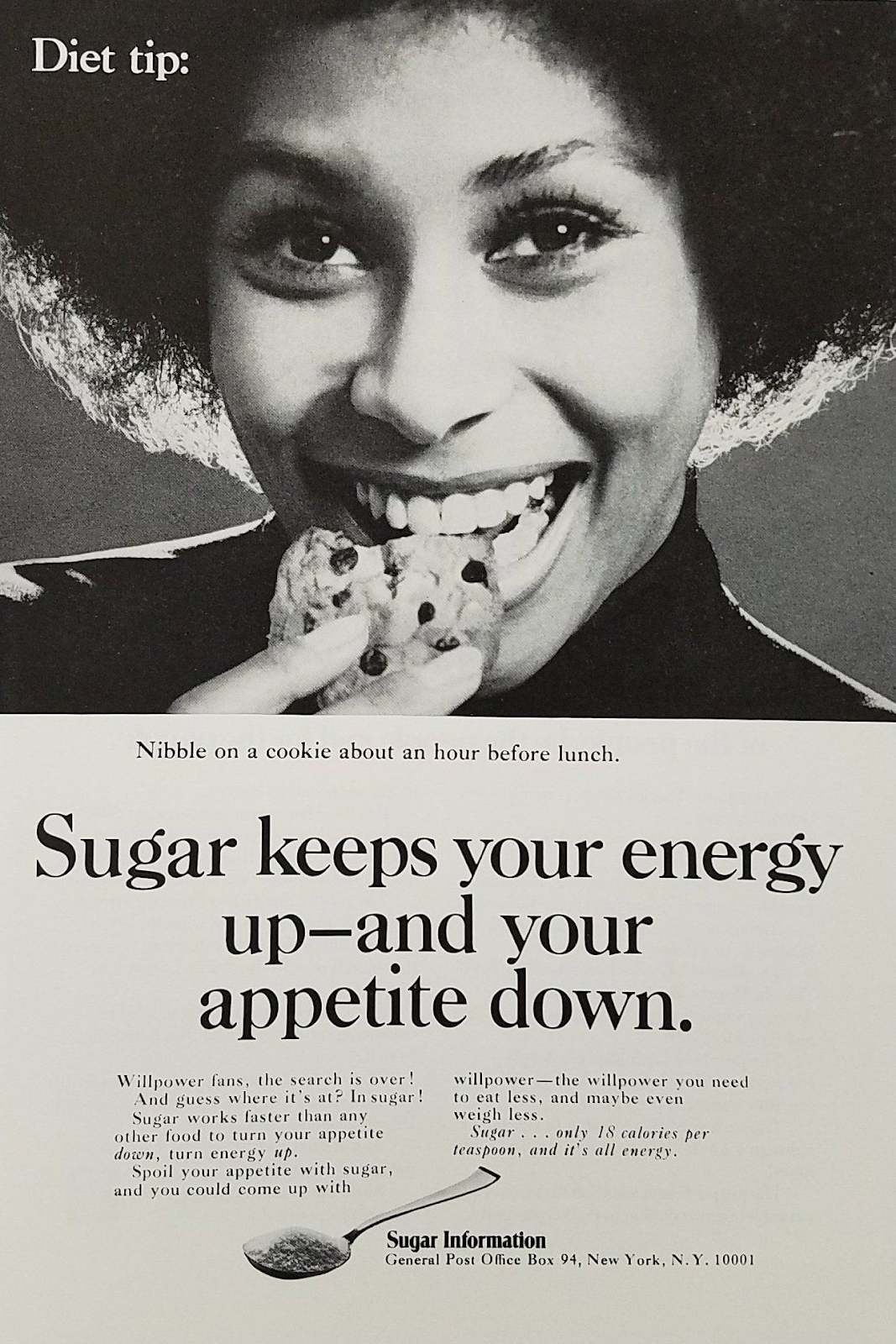
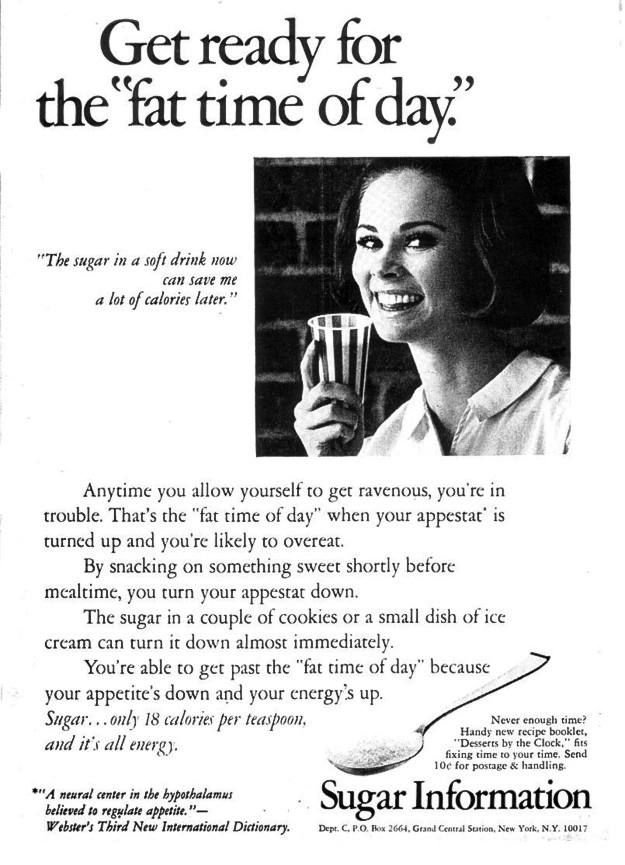
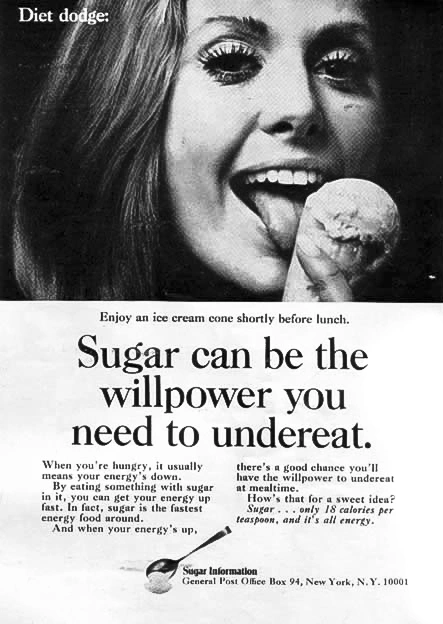
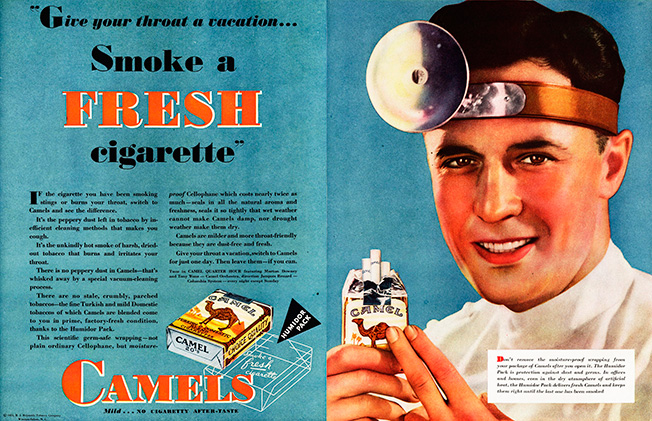
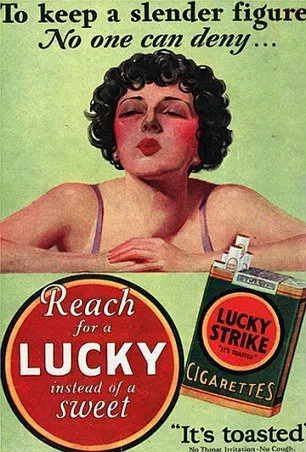

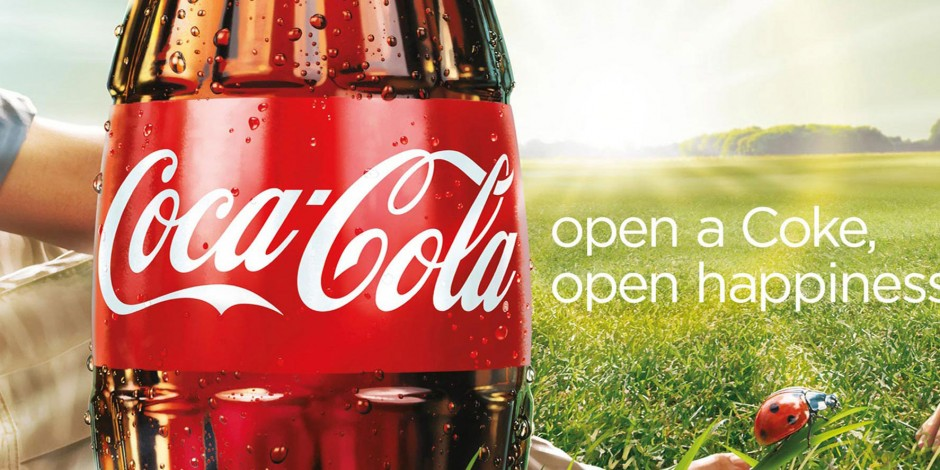







Comments
Don't have an account? Sign up!